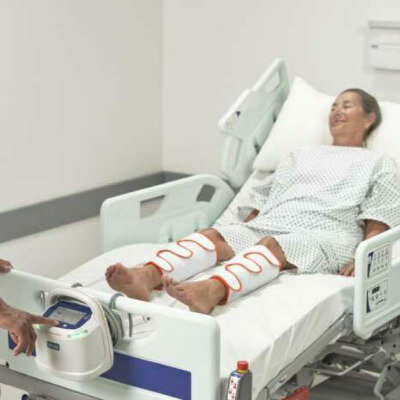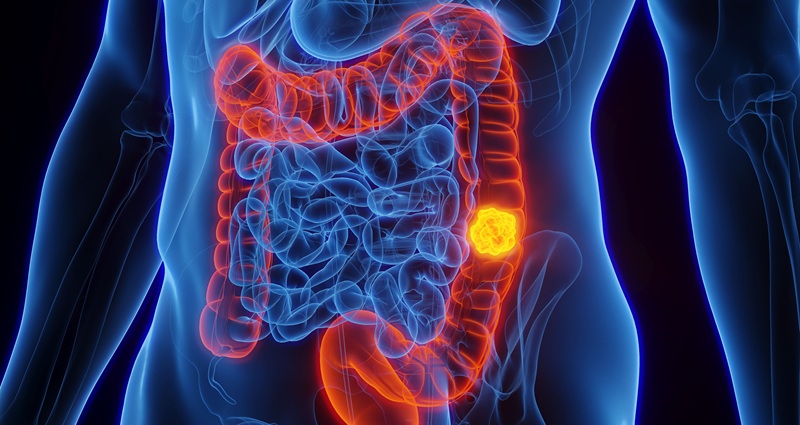Same-Day Discharge After Laparoscopic Hysterectomy Deemed Safe
|
By HospiMedica International staff writers Posted on 23 May 2011 |
Most women undergoing uncomplicated laparoscopic hysterectomy can safely go home the same day, according to a new study.
Researchers at Kaiser Permanente Northern California (Oakland, USA) conducted a retrospective case series of 1,015 women discharged home after total or supracervical laparoscopic hysterectomy in a managed care setting, over a three period. Chart reviews were performed for outcomes of interest, which included readmission rates, emergency visits, and surgical and demographic characteristics. The two hysterectomy groups were compared using χ2 tests for categorical variables and t-tests or Wilcoxon rank-sum tests for continuously measured variables.
The results showed that 527 patients (52%) were discharged home the same-day; of those, 46% had total laparoscopic hysterectomies and 54% had supracervical hysterectomies. Cumulative readmission rates were 0.6%, 3.6%, and 4.0% at 48 hours, 3 months, and 12 months, respectively. The most common readmission diagnoses included abdominal incision infection, cuff dehiscence, and vaginal bleeding. Less than 4% of patients presented for emergency care within 48 or 72 hours, most commonly for nausea or vomiting, pain, and urinary retention. There was no difference in readmission rates or emergency visits for the total compared with the supracervical laparoscopic hysterectomy group. The study was published in the May 2011 issue of Obstetrics & Gynecology.
"There was a time when it was considered unusual to send an uncomplicated laparoscopic cholecystectomy home the same day, and now it is standard practice," said lead author Eve Zaritsky, MD. "This study provides evidence that women do not necessarily need to stay in the hospital and thus can enjoy the quiet and comfort of their own home."
Hysterectomy, the surgical removal of the uterus, may be total, involving the removal of the body, fundus, and cervix of the uterus, or supracervical, involving the removal of the uterine body while leaving the cervix intact. It is the most commonly performed gynecological surgical procedure, with over 600,000 hysterectomies performed annually in the United States alone, 90% of which were performed for benign conditions. Such rates, the highest in the industrialized world, has led to a major controversy claiming that hysterectomies are being largely performed for unwarranted and unnecessary reasons.
Related Links:
Kaiser Permanente Northern California
Researchers at Kaiser Permanente Northern California (Oakland, USA) conducted a retrospective case series of 1,015 women discharged home after total or supracervical laparoscopic hysterectomy in a managed care setting, over a three period. Chart reviews were performed for outcomes of interest, which included readmission rates, emergency visits, and surgical and demographic characteristics. The two hysterectomy groups were compared using χ2 tests for categorical variables and t-tests or Wilcoxon rank-sum tests for continuously measured variables.
The results showed that 527 patients (52%) were discharged home the same-day; of those, 46% had total laparoscopic hysterectomies and 54% had supracervical hysterectomies. Cumulative readmission rates were 0.6%, 3.6%, and 4.0% at 48 hours, 3 months, and 12 months, respectively. The most common readmission diagnoses included abdominal incision infection, cuff dehiscence, and vaginal bleeding. Less than 4% of patients presented for emergency care within 48 or 72 hours, most commonly for nausea or vomiting, pain, and urinary retention. There was no difference in readmission rates or emergency visits for the total compared with the supracervical laparoscopic hysterectomy group. The study was published in the May 2011 issue of Obstetrics & Gynecology.
"There was a time when it was considered unusual to send an uncomplicated laparoscopic cholecystectomy home the same day, and now it is standard practice," said lead author Eve Zaritsky, MD. "This study provides evidence that women do not necessarily need to stay in the hospital and thus can enjoy the quiet and comfort of their own home."
Hysterectomy, the surgical removal of the uterus, may be total, involving the removal of the body, fundus, and cervix of the uterus, or supracervical, involving the removal of the uterine body while leaving the cervix intact. It is the most commonly performed gynecological surgical procedure, with over 600,000 hysterectomies performed annually in the United States alone, 90% of which were performed for benign conditions. Such rates, the highest in the industrialized world, has led to a major controversy claiming that hysterectomies are being largely performed for unwarranted and unnecessary reasons.
Related Links:
Kaiser Permanente Northern California
Latest Patient Care News
- Revolutionary Automatic IV-Line Flushing Device to Enhance Infusion Care
- VR Training Tool Combats Contamination of Portable Medical Equipment
- Portable Biosensor Platform to Reduce Hospital-Acquired Infections
- First-Of-Its-Kind Portable Germicidal Light Technology Disinfects High-Touch Clinical Surfaces in Seconds
- Surgical Capacity Optimization Solution Helps Hospitals Boost OR Utilization

- Game-Changing Innovation in Surgical Instrument Sterilization Significantly Improves OR Throughput
- Next Gen ICU Bed to Help Address Complex Critical Care Needs
- Groundbreaking AI-Powered UV-C Disinfection Technology Redefines Infection Control Landscape
- Clean Hospitals Can Reduce Antibiotic Resistance, Save Lives
- Smart Hospital Beds Improve Accuracy of Medical Diagnosis
- New Fast Endoscope Drying System Improves Productivity and Traceability
- World’s First Automated Endoscope Cleaner Fights Antimicrobial Resistance
- Portable High-Capacity Digital Stretcher Scales Provide Precision Weighing for Patients in ER
- Portable Clinical Scale with Remote Indicator Allows for Flexible Patient Weighing Use
- Innovative and Highly Customizable Medical Carts Offer Unlimited Configuration Possibilities
- Biomolecular Wound Healing Film Adheres to Sensitive Tissue and Releases Active Ingredients
Channels
Critical Care
view channel
Soft Wearable System Offers Continuous Wireless Monitoring of Neonatal Health
Newborn mortality remains stubbornly high in many low-resource settings, largely due to delayed detection of abnormal vital signs and limited clinical staffing. Traditional monitoring relies on intermittent... Read more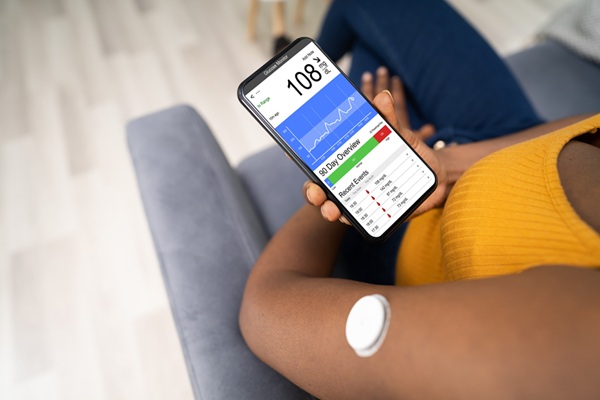
AI-Enhanced Wearables Could Transform Type 2 Diabetes and Prediabetes Care
Artificial intelligence (AI)–powered wearable devices, particularly continuous glucose monitors, are rapidly changing how people with prediabetes and Type 2 diabetes understand and manage their blood sugar.... Read moreSurgical Techniques
view channel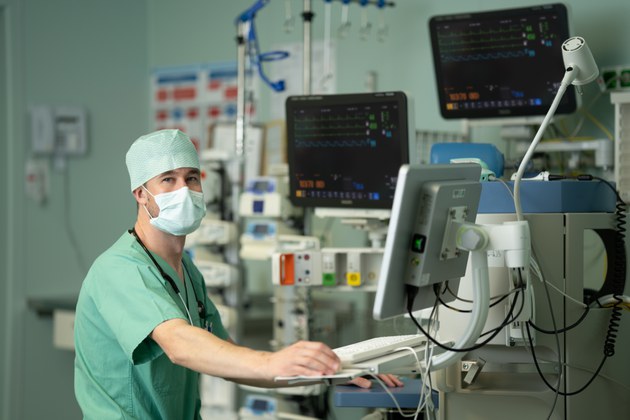
New Study Findings Enable Improved Ventilation During Complex Lung Surgery
Major lung surgery requires temporary collapse of one lung while the other is mechanically ventilated, a process that increases strain on the functioning lung and raises the risk of complications such... Read more
3D-Printed Blood Vessel Scaffolds Could Transform Heart Bypass Surgeries
A tiny, opaque tube held up in a lab may look unremarkable at first glance, but its microscopic surface features could mark a meaningful step forward in heart bypass surgery. Measuring just about one centimeter... Read more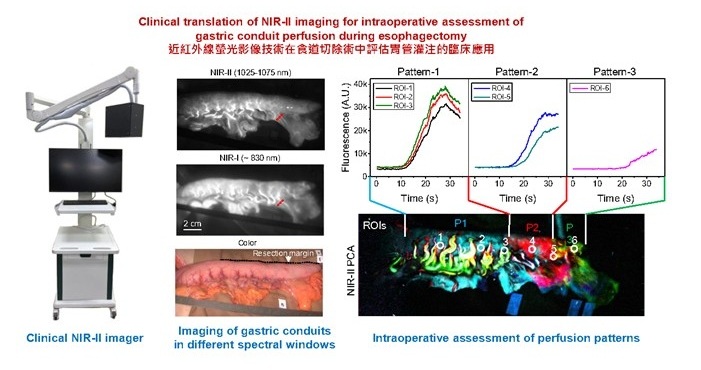
Novel Imaging Technique Helps View Blood Perfusion During Esophageal Surgery
Esophagectomy is a complex and high-risk surgery often required for esophageal cancer, with anastomotic leakage remaining one of its most serious complications. This defect at the surgical suture line... Read more
Minimally Invasive Surgery Proven Safe and Effective for Complex ‘Whipple’ Procedure
Tumors of the pancreatic head often require a highly complex operation known as pancreatoduodenectomy or the Whipple procedure. This surgery involves removing multiple structures and creating several internal... Read moreHealth IT
view channel
EMR-Based Tool Predicts Graft Failure After Kidney Transplant
Kidney transplantation offers patients with end-stage kidney disease longer survival and better quality of life than dialysis, yet graft failure remains a major challenge. Although a successful transplant... Read more
Printable Molecule-Selective Nanoparticles Enable Mass Production of Wearable Biosensors
The future of medicine is likely to focus on the personalization of healthcare—understanding exactly what an individual requires and delivering the appropriate combination of nutrients, metabolites, and... Read moreBusiness
view channel
Philips and Masimo Partner to Advance Patient Monitoring Measurement Technologies
Royal Philips (Amsterdam, Netherlands) and Masimo (Irvine, California, USA) have renewed their multi-year strategic collaboration, combining Philips’ expertise in patient monitoring with Masimo’s noninvasive... Read more
B. Braun Acquires Digital Microsurgery Company True Digital Surgery
The high-end microsurgery market in neurosurgery, spine, and ENT is undergoing a significant transformation. Traditional analog microscopes are giving way to digital exoscopes, which provide improved visualization,... Read more
CMEF 2025 to Promote Holistic and High-Quality Development of Medical and Health Industry
The 92nd China International Medical Equipment Fair (CMEF 2025) Autumn Exhibition is scheduled to be held from September 26 to 29 at the China Import and Export Fair Complex (Canton Fair Complex) in Guangzhou.... Read more







